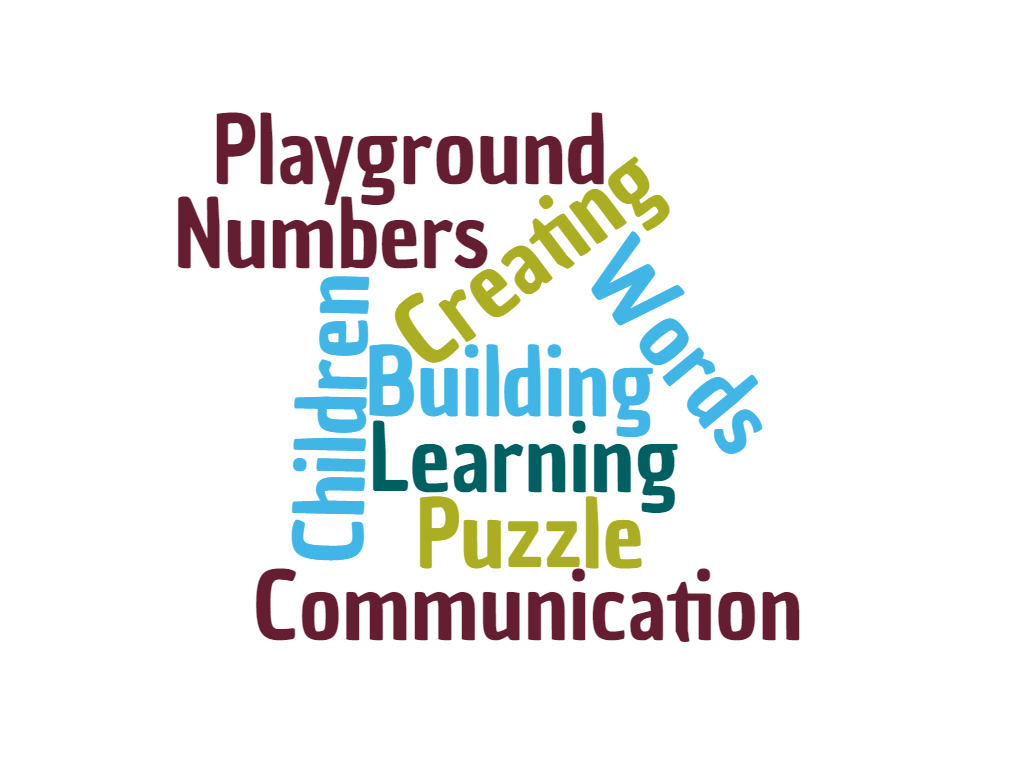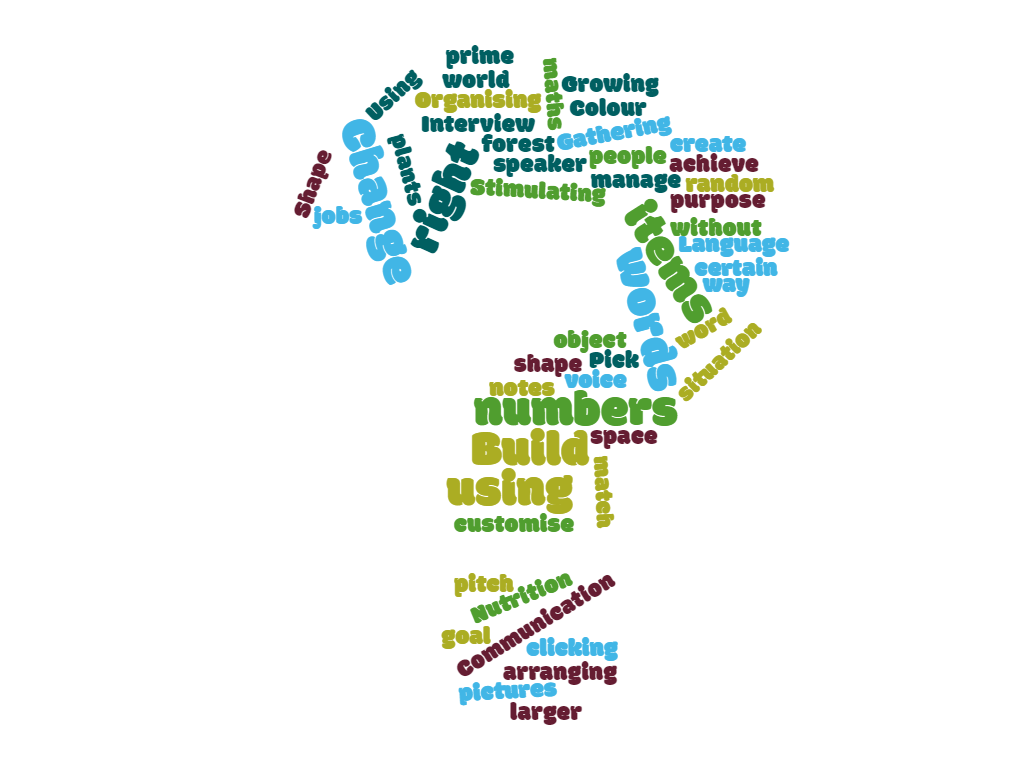The GDD has been updated. I have added a list of the npc and player texture animations. I have also begun to list the assets required for the game. I am trying to make this game playable for everybody so my choices have been influenced by healthy eating and environmental choices. I have chosen to use fresh fruit and veg as the items to collect and promote environmentally friendly options like a paper bag. I think I am going to reformat the GDD over the week to make it easier to read. I may potentially create a PDF and upload it as images in the future, this way I can illustrate it nicely and make it look really cool.
<Your Game Name
Here>
Build Play Learn
“Learning through
Play”
Revision: 1.0.1
Edited: 24/06/2019 by
James Cook
GDD Template Written
by: Benjamin “HeadClot” Stanley
License
If you use this in
any of your games. Give credit in the GDD (this document) to Alec Markarian and
Benjamin Stanley. We did work so you don’t have to.
Feel free to Modify,
redistribute but not sell this document.
TL;DR – Keep the
credits section of this document intact and we are good and do not sell it.
Overview
Theme / Setting /
Genre
– Childrens
educational game, set in a futuristic cartoon world inhabited by cute zany
characters. It must be ESRB E.
Core Gameplay
Mechanics Brief
– Jumping – Almost
always combined with gravity, the player must jump from one platform to another
and not fall. (Example: Mario)
– Remember an
Increasing Number of Things – Tests the short-term memory of a player.
(Example: Simon)
– Gathering Resources
to achieve a goal.
– Gravity- 2d
platformer (no risk of character death but would mean re navigating the level.
Targeted platforms
– Mobile Phones and
Tablets (Android and IOS)
– Xbox and
PlayStation
– Pc and Macs.
– Cost? (How much
will it cost?)
£332 on pay.
£40 pound app store licensing.
£20 advertising
Total : £392
– Time Scale (How
long will it take to make this game?)
Two weeks has been scheduled.
– <Team Size>
– <Core Team>
– Team Member name?
James Cook Developer and producer.
£332
– <Marketing
Team>
– Team Member name?
– What does he/she
do?
– <Cost to employ
them full time or part time>
– Etc.
(List as many
marketing team members as you need to)
– <Licenses /
Hardware / Other Costs>
– <Total Costs
with breakdown>
Influences (Brief)
– <Influence
#1>
Wall-E
The robot was aesthetically pleasing, and children loved it.
I enjoyed how they used body language for communication.
– <Influence
#2>
– <Medium>
(Television, Games, Literature, Movies, etc.)
– /Explain Why in 1
Paragraph or less/
– /Explain why this
is an influence in 1 Paragraph or less/
– <Influence
#3>
– <Medium>
(Television, Games, Literature, Movies, etc.)
– /Explain why this
is an influence in 1 Paragraph or less/
– <Influence
#4>
– <Medium>
(Television, Games, Literature, Movies, etc.)
– /Explain Why in 1
Paragraph or less/
– /Explain why this
is an influence in 1 Paragraph or less/
The elevator Pitch
<A one sentence
pitch for your game.>
A game about a robot that takes orders from customers and
must navigate a warehouse to collect the items. It is aimed at young children
to promote memory and co-ordination.
Project Description
(Brief):
<Two Paragraphs at
least>
<No more than
three paragraphs>
The game is a 2d platform game comprised of 3d assets. The
player takes on the role of a robot store assistant (Robbo). Customers will
enter the shop one at a time and wait at the counter to be served. When the
player moves Robbo to the counter a dialogue box will pop open with images of
fruit and vegetables with a number next to them.
The player will then move into the ware house will navigate
the floors and shelves to collect the items returning them to the customer.
What sets this
project apart?
– <Reason #1>
The artwork is going to be unique and engaging.
– <Reason #2>#
The gameplay is engaging for young children
– <Reason #3>
It will be for young children and those with special
educational needs.
Core Gameplay
Mechanics (Detailed)
– <Core Gameplay
Mechanic #1>
– <Details>
Jumping-
When the player taps the screen the robot will jump. The
jump will be 3 times the height of the assets with a “puffing” animation on the
robot.
– <Core Gameplay
Mechanic #2>
– <Details>
Remember an
Increasing Number of Things –
The player will need to remember the list of things to
collect. They will be able to view the list by going back to the front shop.
There is no limit. They may also complete the list piece by piece if they wish
too.
– <Core Gameplay
Mechanic #3>
– <Details>
Gathering Resources
to achieve a goal.
The player will need to navigate a warehouse and collect the
correct number of items from different areas. The items will always be in the
same place, with new items and locations becoming unlocked to add variety and
challenge.
– <Core Gameplay
Mechanic #4>
Gravity-
2d platformer (no risk of character death but would mean re
navigating the level. When the player falls they will have to navigate the
level to reach the object again.
Story and Gameplay
Story (Brief)
The shop exists in a fantasy world populated by cartoon
characters. Some are the primal shapes, and some are various fruit and
vegetables. The shop is run by Robbo the robot and it is his job to make sure
that everyone gets what they need.
Gameplay (Brief)
The player will navigate a warehouse by moving left, right
and jumping. They will click on items to pick them up and move to the shop on
the left-hand side to deliver the items. Once they have delivered the items
another character will ask them for some different items. The player will be
rewarded coins for gathering the correct items and can use these to decorate
their shop. There is no punishment for giving the wrong items, these won’t be
counted.
Assets Needed
– 2D
– Textures
Robbo
Mr Mellow
Miss Hart
Items in Warehouse-
Apple
Banana
Carrot
Broccoli
Lettuce
Tomato
– Environment
Textures
Shop-
Till
Basket
Door
Bell
Magazine Stand
Shopping Bag (brown paper)
Background
Shop Window with view of high street.
Floor
Tiles
Assets
Till
Basket
Scales
Warehouse-
Background- Repeating
Shelves
Crates
Signs
Lights
– Heightmap data (If
applicable)
– List required data
required – Example: DEM data of the entire UK.
– Etc.
– 3D
– Characters List
– Robbo
– Miss Hart
– Mr. Mellow
– etc.
– Environmental Art
Lists
– Example #1
– Example #2
– Example #3
– etc.
– Sound
– Sound List
(Ambient)
– Outside
High Street noises
– Sound List (Player)
Robbo –
Bleep
Correct
Beeps
Incorrect
Beeps
Hello
Beep
Goodbye
Beep
– Character Movement
Sound List
Robbo Rocket whirring sound
– Character Hit /
Collision Sound list
Bump
Noise
– Code
– Character Scripts
(Player Pawn/Player Controller)
– Ambient Scripts
(Runs in the background)
– Example
– NPC Scripts
– Example
– etc.
– Animation
– Environment
Animations
– Example
– etc.
– Character
Animations
– Player
Left
Right
Idle
Thumbs Up
Well Done Dance
Head Shake
– NPC
Walk Right
Walk Left
Idle (looking around)
Talking and Gesturing (Ordering)
Thankyou
Good Bye
Pick up shopping bag






